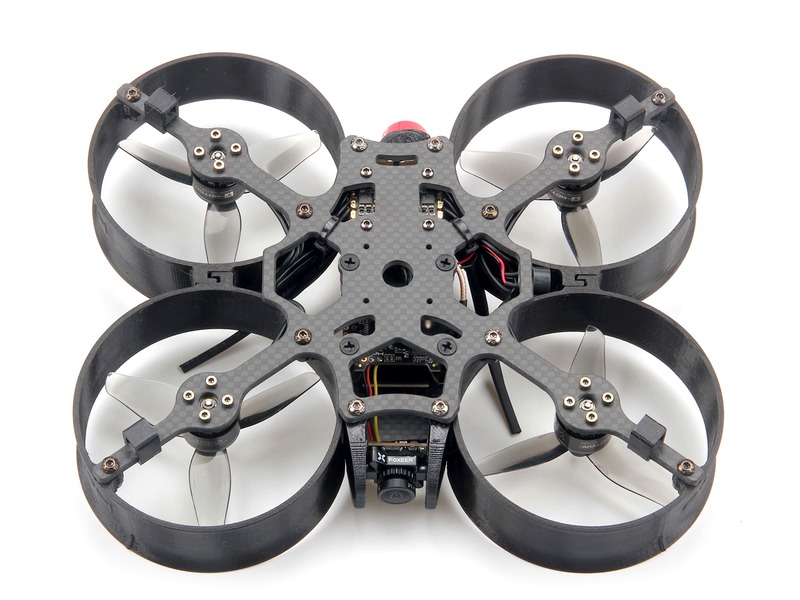Can you fly a drone at 1000 feet?

The answer to the question of whether you can fly a drone at 1000 feet is yes, but there are certain regulations that must be followed. In the United States, the Federal Aviation Administration (FAA) regulates the operation of drones, and they have set a maximum altitude of 400 feet for recreational drone flights. This means that you cannot fly a drone higher than 400 feet without special permission from the FAA.
However, if you are a commercial drone operator, you may be able to fly your drone at 1000 feet or higher with the proper authorization from the FAA. To do this, you must first obtain a Remote Pilot Certificate from the FAA, which requires passing a written exam and completing an online training course. Once you have obtained your Remote Pilot Certificate, you can apply for a waiver from the FAA to fly your drone at higher altitudes.
The FAA also requires that all drones be registered with the agency, and that they be flown in accordance with local laws and regulations. Additionally, drones must be kept within the operator’s line of sight at all times, and must not be flown over people or near airports.
In addition to the FAA regulations, some states and cities have their own laws and regulations regarding the operation of drones. For example, in California, drones must not be flown higher than 400 feet, and must not be flown over private property without the owner’s permission.
In conclusion, it is possible to fly a drone at 1000 feet, but it requires special permission from the FAA and compliance with local laws and regulations. Additionally, it is important to remember that flying a drone at higher altitudes can be dangerous and should only be done by experienced operators.
Comments / Question
2. Ensure that the drone is not in the vicinity of other aircraft, such as helicopters or planes, as this could result in a mid-air collision.
3. Be aware of the weather conditions and ensure that the drone is not flying in strong winds or storms.
4. Ensure that the drone is in direct line of sight at all times and that it is within the range of the remote controller.
5. Ensure that the drone is not interfering with any other activities such as sporting events or public gatherings.
6. Be aware of any obstacles or hazards that could be in the path of the drone.
7. Be aware of any wildlife that may be in the vicinity of the drone.
8. Ensure that the drone is not being operated in an unsafe or reckless manner.
9. Ensure that the drone is not being used to spy on people or invade their privacy.
10. Ensure that the drone is not used to take pictures or videos of people without their permission.

